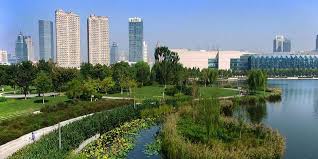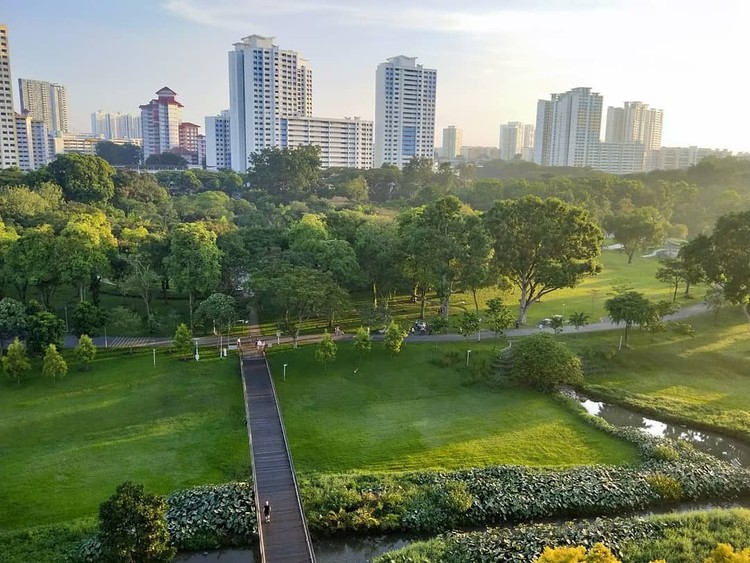Introduction:
In an era where sustainability is paramount, architects and engineers are constantly seeking innovative solutions to reduce the environmental impact of buildings. One such solution gaining momentum is the integration of green roofs into building design. Green roofs, also known as living roofs or vegetated roofs, offer a multitude of environmental, social, and economic benefits. In this detailed blog, we explore the concept of green roofs, their components, advantages, and the integration process into building design.
Understanding Green Roofs:
Green roofs are vegetated roof systems that consist of a layered structure designed to support plant growth. Unlike conventional roofs, which are typically composed of impermeable materials such as asphalt or concrete, green roofs incorporate a variety of components to facilitate plant growth and water retention. These components typically include a waterproofing membrane, drainage layer, growing medium, and vegetation.
Components of Green Roofs:
1. Waterproofing Membrane:
– The waterproofing membrane serves as the primary barrier against water infiltration into the building structure. It is typically made of materials such as rubberized asphalt or synthetic membranes to ensure durability and longevity.
2. Drainage Layer:
– Beneath the growing medium, a drainage layer is installed to facilitate the movement of excess water away from the roof surface. This layer prevents waterlogging, reduces the risk of water damage, and promotes healthy plant growth.
3. Growing Medium:
– The growing medium, or substrate, provides a supportive environment for plant roots to anchor and grow. It is a lightweight, engineered soil blend specifically formulated to retain moisture, support vegetation, and promote biodiversity.
4. Vegetation:
– A diverse selection of plants, including sedums, grasses, herbs, and even small shrubs or trees, can be chosen for green roofs based on factors such as climate, local ecology, and maintenance requirements. These plants not only enhance aesthetics but also provide numerous ecological benefits, such as habitat creation and air purification.

Advantages of Green Roofs:
1. Environmental Benefits:
– Green roofs mitigate the urban heat island effect by absorbing and dissipating heat, reducing ambient temperatures in urban areas.
– They improve air quality by capturing pollutants and particulate matter, while also sequestering carbon dioxide through photosynthesis.
– Green roofs enhance stormwater management by reducing runoff, minimizing the strain on drainage systems, and mitigating the risk of flooding and erosion.
2. Energy Efficiency:
– Green roofs act as natural insulation, reducing heat transfer between the building interior and exterior. This leads to lower energy consumption for heating and cooling, resulting in reduced utility costs and carbon emissions.
3. Biodiversity and Habitat Creation:
– By providing green space in urban environments, green roofs support biodiversity by serving as habitats for birds, insects, and other wildlife.
– They contribute to urban biodiversity corridors, connecting fragmented habitats and promoting ecological resilience in cities.
4. Aesthetic and Recreational Value:
– Green roofs enhance the visual appeal of buildings, creating visually pleasing landscapes in urban settings.
– They offer recreational opportunities for building occupants, providing green space for relaxation, socializing, and urban agriculture.

Integration Process into Building Design:
Integrating green roofs into building design involves careful planning, collaboration between architects, engineers, and landscape designers, and adherence to best practices for green roof installation and maintenance. Key steps in the integration process include:
1. Site Assessment and Feasibility Studies: Evaluating site conditions, climate, structural capacity, and budget constraints to determine the suitability of green roof installation.
2. Design Development: Collaborating with design professionals to develop a green roof design that meets aesthetic, functional, and environmental objectives while ensuring compatibility with building systems and codes.
3. Construction and Installation: Engaging qualified contractors to install green roof components according to design specifications, ensuring proper waterproofing, drainage, and vegetation installation.
4. Maintenance and Monitoring: Implementing a comprehensive maintenance plan to preserve the health and functionality of the green roof, including irrigation, weed control, fertilization, and periodic inspections.

Conclusion:
Green roofs represent a sustainable and innovative approach to building design, offering a plethora of environmental, economic, and social benefits. By integrating green roofs into architectural projects, designers can contribute to a more resilient, healthy, and vibrant urban environment. As the demand for sustainable building solutions continues to grow, green roofs stand out as a compelling option for enhancing both the performance and aesthetics of buildings while promoting ecological stewardship and human well-being.



